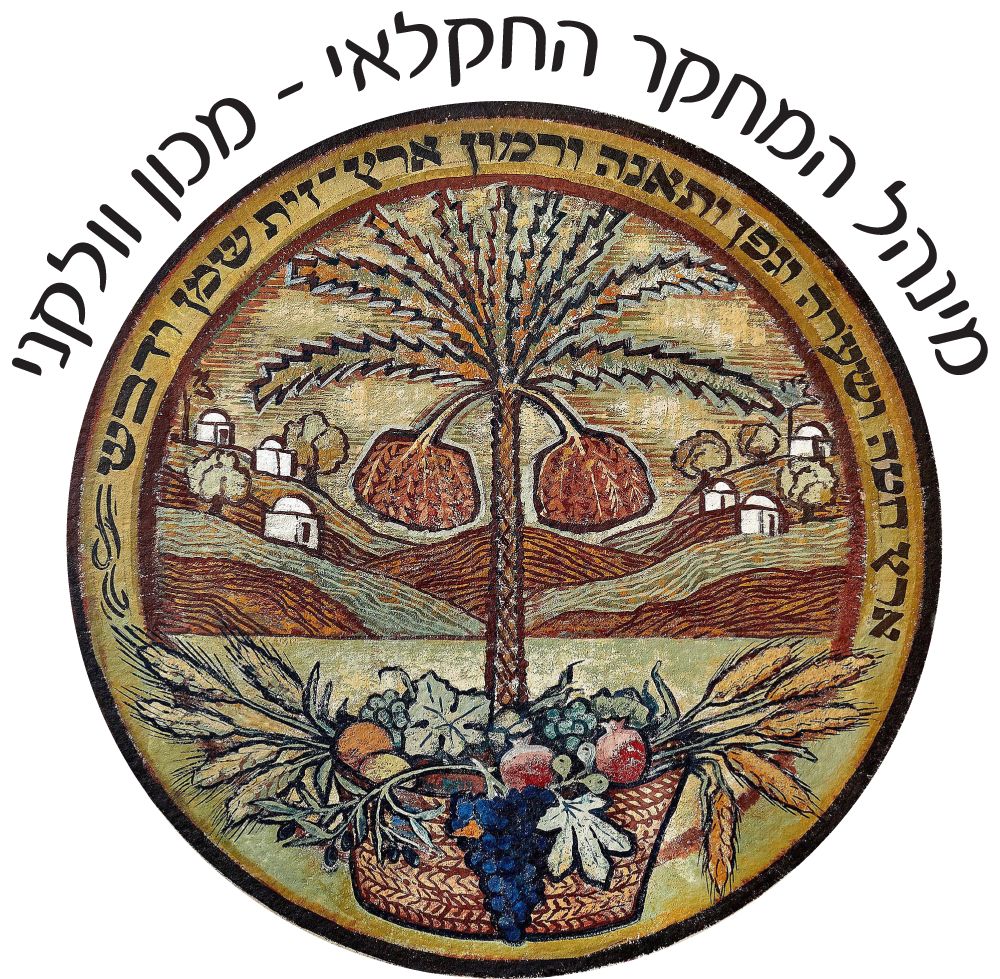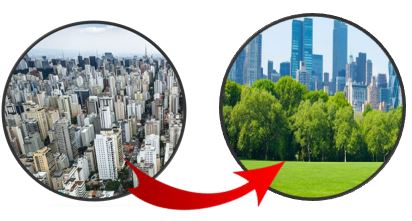The ability of plants, green spaces, and urban trees to enhance our quality of life is immense, yet the environmental pressures they face due to urban conditions pose significant challenges. There is a striking gap between the potential of trees and plants to improve residents’ well-being and the limited reality on the ground. This gap raises critical questions, both ecological and administrative. How do trees cope with challenges such as heat, air pollution, drought, limited and contaminated soil, and varying levels of sunlight? How do plants interact with their environment, and, in turn, modify and affect the environment around them?
These questions drive in-depth research into the lives of urban trees. Our research aims to expand scientific knowledge and provide practical tools for decision-makers and residents alike, enhancing living conditions in our cities and ensuring a greener future.

